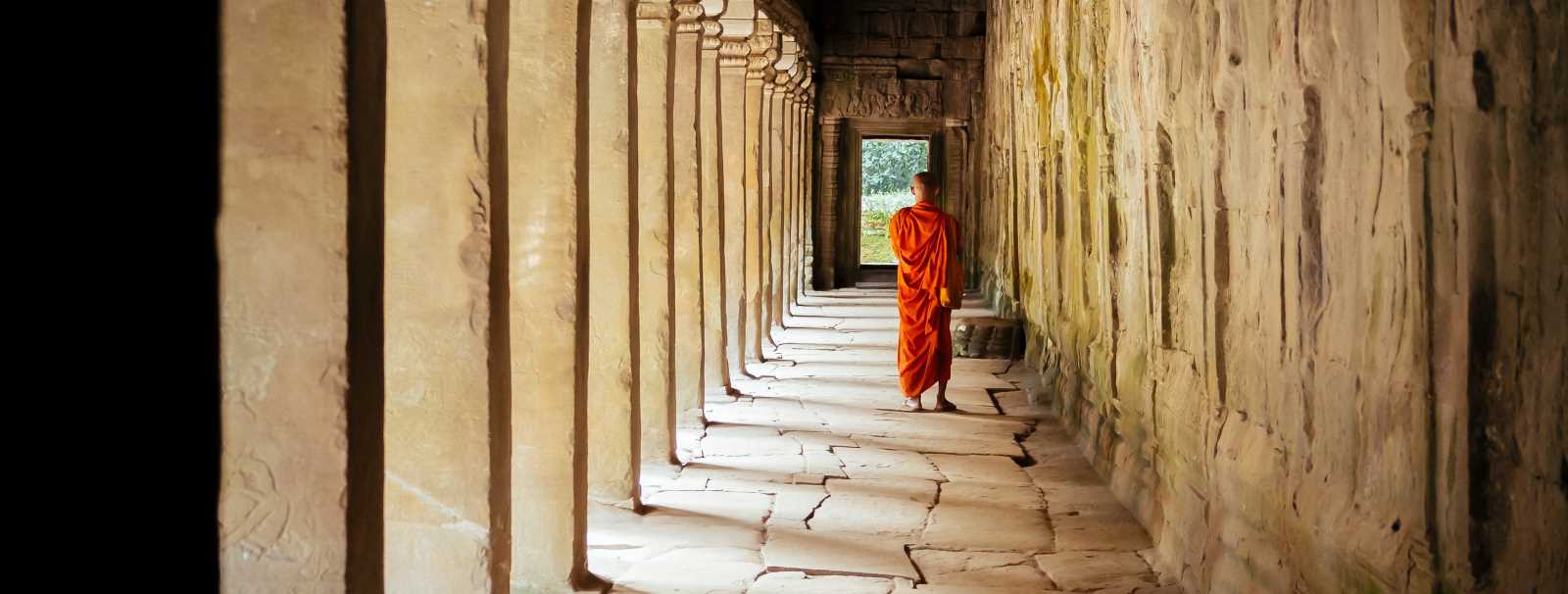
Non-Abrahamic Religions
Master’s degree in “Non-Abrahamic Religions” is a comprehensive, educational package in line with the regulations and decisions made by the Ministry of Science, Research, and Technology of Iran. Non-Abrahamic religions such as religions of India and the Far East, and also the Iranian religions are studied in this field. Religions are considered as the main component of human civilizations and cultures. They have widely affected the intellectual, spiritual, and social life of man from the past to the present with a variety of manifestations and examples. Non-Abrahamic religions such as Hinduism, Zoroastrianism, Buddhism, Confucianism, and Daoism are of great importance, considering their vast geographical extent and large population distribution. Iran being located in the Eastern part of the world and enjoying historical and geographical connections with the non-Abrahamic religions highlights the importance of studying these religions.
The graduates of this field can do research on a variety of topics related to non-Abrahamic religions to strengthen the indigenous knowledge in these areas. In addition, these graduates may do as experts in the interfaith dialogues.
Holding a bachelor’s degree or an equivalent is sufficient for enrollment in this program. The previous degree of the applicant must be verified by the consulate of Iran in the issuing country. Also, matching the applicants’ previous field of study with the current program is not necessary. Upon establishing the applicants’ scholarly competency and the committee’s agreement, the applicants are eligible to study in this program regardless of their previous field of study. Previous publications including books, research papers, and journal articles can positively influence the committee’s judgment.
The master’s program of “non-Abrahamic religions” takes 2.5 years, which equals 5 academic semesters; each semester consists of 16 weeks. Every one-unit class requires one hour of instruction per week. In case, the department decides that extra time is needed for a student to pass the prerequisites or finish the thesis, at most 2 extra semesters will be added. This program includes 46 units: 28 units of core courses, 14 units of prerequisites, and 4 units for the thesis. The students are required to pass all the core courses and the thesis. However, the department will decide on the number of prerequisites to be taken, depending on the student’s undergraduate field of study.
Some of the core courses offered in this program are “Hinduism”, “Buddhism”, “Iranian religions”, “religions of the Far East”, “philosophical schools of China”, “scriptures of Indian religions”, “scriptures of Buddhism”, “scriptures of the Far East”, and “scriptures of Iranian religions”. The following courses are among the prerequisites: “history of India”, “history of Iran’, “methodology of religious studies”, and “history of the Far East”.
- Total cost of the course for Iranian students who are admitted through the national entrance exam or internal university exam (2021-2022): 18 million tomans (The fee covers the student’s educational costs and does not include living expenses such as food and accommodations.
- Total cost of the course for Iranian students who are admitted through the national entrance exam or internal university exam (2021-2022): 4 thousand dollars (The fee covers the student’s educational costs and does not include living expenses such as food and accommodations.
The applicants must submit the following items to apply to the on-campus master’s programs of the University of Religions and Denominations:
- A completed application form.
- An electronic copy of the passport or a valid residence permit.
- An electronic copy of the high school diploma and bachelor’s degree or their equivalent and a certified Persian, English, or Arabic translation of the transcripts.
- The original high school diploma and bachelor’s degree or their equivalent and a certified Persian, English, or Arabic translation of the transcripts.
- One recently taken photo of the applicant, size 30x40mm.
- Applicant’s CV indicating education and work experience (optional).
By clicking on the “Apply now” button next to each program, you will be transferred to the registration portal, where you can upload and submit your application documents. Your application will not be complete until all the required items are submitted.
